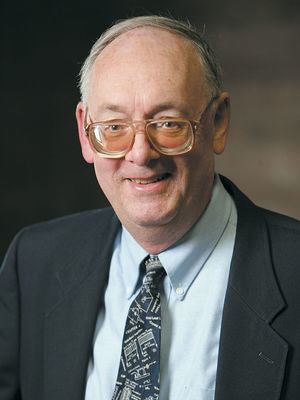Occupation Computer engineer | Name Peter Kogge | |
 | ||
Books The Architecture of Pipelined Computers, The Architecture of Symbolic Computers Education | ||
Peter kogge receives 2015 computer pioneer award
Dr. Peter Michael Kogge is an American computer engineer and IBM Fellow.
Contents
- Peter kogge receives 2015 computer pioneer award
- Pim memory the need for a revolution in architecture peter kogge university of notre dame
- Background
- Contributions
- References

Pim memory the need for a revolution in architecture peter kogge university of notre dame
Background
Dr. Kogge has been at the forefront of several innovations that have shaped the computing industry over the past three decades. While working on his PhD at Stanford in the 1970s, Dr. Kogge invented what is still today considered the fastest way of adding numbers in a computer, the Kogge-Stone Adder process, an approach still used in microprocessors by Intel and other companies and generally considered the fastest adding design possible.
After receiving his degree, Dr. Kogge joined the computer engineering team at IBM. During his time there, he was a co-inventor on over three dozen patents. His design of the Space Shuttle I/O processor at IBM was one of the first multithreaded computers, and the first to fly in space.
Contributions
Peter was the author of the first textbook on pipelining, a now ubiquitous technique for executing multiple instructions in a computer in parallel. At IBM, Kogge was also the inventor of the world's first multi-core processor, EXECUBE, which Kogge and his team placed on a memory chip in an early effort to solve the data bottleneck problem that Emu is solving today.
In 1994, Dr. Kogge joined the University of Notre Dame as a faculty member, the Ted H. McCourtney Professor of Computer Science and Engineering. He received the IEEE Computer Society Charles Babbage Award in 2014.
